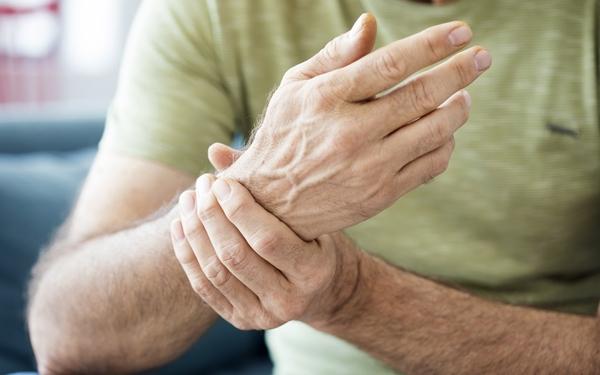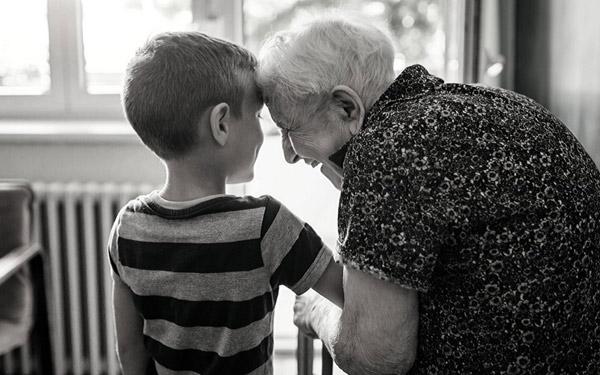

General Information About Pain After A Fracture
Pain is the body’s natural response when a bone breaks. Both the fracture and any injuries to the body tissue near the fracture site can produce pain. Soft tissue refer to the muscles, ligaments, nerves, tendons and blood vessels, joint cartilage, etc. that surround the bone. When the soft tissue around the fracture is injured the result can be pain, swelling, bruising and redness.
Three Stages Of Pain From A Fracture
- Acute pain usually occurs immediately after the fracture when the bone has broken.
- Sub-acute pain usually occurs the first few weeks after the fracture while the bone and soft tissue heal.
- Chronic pain is pain that continues long after the fracture and soft tissues have finished healing.
Any fracture can cause all or some of these types of pain to occur. For example, immediately after a bone breaks you might experience acute pain, followed by sub-acute pain while your bone heals, but you may not have any chronic pain. Other individuals may only experience acute pain. It is also possible to have a fracture without any pain; many people have had a spine fracture and do not know they have had one.

Acute Pain – Immediately After A Fracture
Immediately or soon after a fracture occurs, most people will experience what is called acute pain. Medication to reduce this type of pain is often prescribed during this stage. Acute pain will decrease with time.
In order for a broken bone to heal, it may need a cast, a brace, a splint, surgery or any combination of the above. Whatever method is used to treat your broken bone, the key is to reduce or immobilize the fracture for several weeks so that the bone can set or heal.
- Reduce means to bring the broken ends of the bone as close together as possible to speed up the healing process. Sometimes, this requires surgery.
- Immobilize means to prevent the broken ends of the bone from moving apart again so the fracture can “set” or heal. A cast, a brace, a splint or surgery may be used to immobilize the area around the fracture.
- A broken bone in the back is managed by a combination of rest and the correct method of controlled movement.
It is important that you follow the instructions you are given by your doctor in terms of rest and movement. You may be asked to avoid certain movements so that you do not make the injury worse.
A broken bone and the surrounding soft tissue damage need a minimum of six to eight weeks to heal. However, depending on your general health and the condition of your bone and soft tissue, healing can take much longer. For example, osteoporotic bones take longer to heal than normal bones. During this time, it is usually necessary to reduce and modify your activities.

Sub-Acute Pain – The Weeks After The Fracture And Following Recovery
The acute pain that you may have felt immediately after the injury will decrease with time, but in the weeks after your fracture, some pain may continue and this is called sub-acute pain. This is mainly because the lack of movement that was necessary to help your bone heal has caused the soft tissue around the injury to stiffen and the muscles to weaken. In addition, scarring and ongoing inflammation may have developed in the soft tissue while the fracture was healing, which can also make movement difficult and cause pain.
Physical therapy is often recommended at this stage of recovery. A physical therapist can help:
- prevent or reduce the stiffness that can occur during fracture healing,
- provide exercises to strengthen weakened muscles and improve range of motion,
- break down scar tissue and reduce inflammation, and
- help to overcome fear of movement.
The points listed above help to reduce pain and improve the function of the injured body part. The physical therapist may use ultrasound, electrical stimulation, massage or other modalities to help you recover from a fracture. Physical therapy may require you to do exercises.
Medication may also be used at this stage to help control pain or inflammation.
During this stage of recovery you may be advised by your doctor to begin using the injured body part as much as possible for your usual activities even though you may still have some pain. Gradually over the next few months, movements usually become easier and more comfortable and may eventually return to normal. Slowly, the pain may completely go away.
It is normal to be fearful of some movements or activities. The memory of the pain can be powerful and the fear of breaking another bone can often lead to anxiety and reduced general activity. Despite your fear, it is important to start some gentle movement at this time; it will not be harmful. If you are uncertain, see a Bone Fit™ trained healthcare professional in your area* or, if one is not available, a healthcare provider such as a physical therapist or occupational therapist, or talk to your doctor.
Your doctor or healthcare provider can advise you about what is reasonable for you to expect for your recovery. It is important to remember that at this stage you may have pain but that does not necessarily mean you are causing further harm. Your healthcare team will help you reduce your risk of a second fracture.

Chronic Pain – After Healing Is Complete
Many people who fracture will eventually heal and recover to the point where they no longer experience any pain. However, some people may continue to experience pain long after the fracture and soft tissues have healed. Full healing from a fracture can take anywhere from several weeks to several months and occasionally even several years.
Pain that persists after full healing is expected to have taken place is called chronic pain. Chronic pain may be due to nerve damage, the development of scar tissue, an aggravation of underlying arthritis or any number of other causes.
Chronic pain is usually managed on an individual basis. The choice of treatment will depend on your initial injury and the specific cause of the pain. Some examples of how to manage chronic pain include physical therapy, exercises and medications. These examples may not cure your pain but they may help to control or reduce the pain. Controlling pain can help you manage your day-to-day activities and enjoy a better quality of life.
If your pain continues, talk to your healthcare provider about other ways that are available to manage your pain to help with your daily living and overall quality of life. It is important that you consult with your healthcare provider to ensure that all possible reasons for the ongoing pain have been examined.
Again, it is important to remember that at this stage you may have pain but that does not necessarily mean you are causing further harm; returning to a reasonably physically active lifestyle will help reduce your risk of a second fracture. If you are uncertain, see a Bone Fit™ trained healthcare professional in your area, or a healthcare provider such as a physical therapist or occupational therapist, or talk to your doctor.
The Bone Fit™ trained healthcare professionals in your area, doctor or other healthcare provider can advise you about what is reasonable for you to expect for your recovery. Your healthcare team will help reduce your risk of a second fracture.
Bone Fit™ is the name of Osteoporosis Canada’s specialized non-profit training program that is taken by health and fitness professionals who want to learn effective and appropriate exercises for people with osteoporosis. The training provides knowledge and practical skills to prescribe exercise and adapt safe exercise programs to reduce the risk of fractures. Bone Fit™ is a growing program that now has trained professionals in seven provinces. Find a Bone Fit™ trained professional in your area with our Bone Fit™ locator at www.bonefit.ca/locator/


